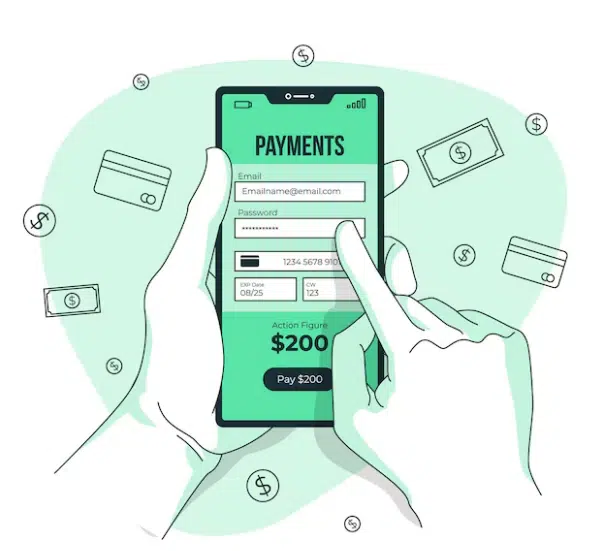The concept of immediate financial transactions, known as instant payments, has been revolutionizing the financial landscape across the globe. In the United States, this phenomenon has significantly transformed banking operations and consumer interactions with money. As technology progresses, the expectation for speed in monetary exchanges has become a standard, urging banks and consumers alike to adapt to new modes of operations. This evolution not only improves efficiency but also influences the behaviors of all parties involved, setting the stage for exciting future developments.
What was once a slow and cumbersome process now happens in real-time, shifting the traditional paradigms of finance. Instant payments are no longer a luxury; they are a necessity. In this blog post, we’ll explore how this shift impacts the banking sector and reshapes consumer habits. We’ll delve into the key milestones and factors driving this evolution and highlight the implications for market stakeholders. The emergence of instant payments has led to a fundamental rethinking of how banks approach transactions and customer service.
The rise of instant payments in banking
The banking industry in the United States has undergone significant changes with the advent of instant payments. These near-instantaneous transactions are becoming an integral feature of modern banking, providing customers with greater control over their finances. For banks, offering quick payment solutions is no longer optional but essential for staying competitive in a rapidly evolving market. This shift towards immediacy has influenced not just customer expectations but has also triggered innovation within the financial services sector.
Traditionally, payment processing involved several days of waiting, often causing delays and financial inconveniences for both individuals and businesses. With the development of platforms such as the Real-Time Payments (RTP) system and other technologies, this waiting period has been drastically reduced. Banks are adopting these technologies to meet the demands of a digitally savvy customer base that values speed and efficiency.
Moreover, these improvements have paved the way for new banking models and services that prioritize transparency, security, and customer satisfaction. Many financial institutions are investing in technology to streamline their operations, reduce costs, and enhance user experiences. The emphasis on real-time financial services is growing, positioning banks as facilitators of seamless and instant access to funds.
Technological advancements driving change
The advancement of technology has been instrumental in the rise of instant payments. High-speed internet, mobile banking apps, and secure encryption methods have enabled banks to offer transactions in real-time. These advancements remove traditional barriers and provide customers with efficient ways to manage their financial activities without delay. Fintech companies have been critical in driving this transformation. Their innovative solutions disrupt conventional banking models and introduce more agile systems that prioritize user experience.
By collaborating with these startups, traditional banks have begun to integrate new technologies into their operations, enhancing their service offerings. Furthermore, the push from digital payment systems such as PayPal, Venmo, and Zelle has fueled consumers’ desire for instant transactions. As these platforms become mainstream, the pressure is on traditional financial institutions to keep up or risk losing relevance. Consequently, banks are increasingly investing in artificial intelligence, blockchain, and other technologies to evolve along with these changes.
Regulatory influences on the shift
Regulatory bodies play a crucial role in the ongoing evolution of instant payments. These entities ensure that financial innovations are implemented with security measures to protect consumer interests. As new systems emerge, regulators work to establish guidelines that strike a balance between facilitating innovation and ensuring safety in transactions. In the United States, institutions like the Federal Reserve have been active in supporting the growth of instant payment systems.
Initiatives like the FedNow Service are designed to provide a nationwide infrastructure for fast transactions, increasing efficiency and reducing the complexity of existing systems. Such regulatory involvement ensures a level playing field, where both traditional banks and new financial players can contribute to and benefit from the burgeoning financial landscape. By providing a framework within which innovations can thrive, regulators support the overarching goal of making the financial system more inclusive and responsive to consumer needs.
Impact on consumer behavior
The prevalence of instant payments has notably transformed consumer behavior, affecting how individuals manage, spend, and perceive money. With real-time access to funds, consumers can make more informed financial decisions, encouraging responsible spending and budgeting. This immediacy reduces the uncertainty related to pending transactions and balances.
Instant payments have also boosted consumer confidence in managing personal finance digitally. The convenience of being able to instantly transfer money from one’s phone or computer allows for greater mobility and flexibility, aligning with the lifestyles of modern consumers. This shift is particularly evident among younger generations, who favor digital solutions over traditional methods.





